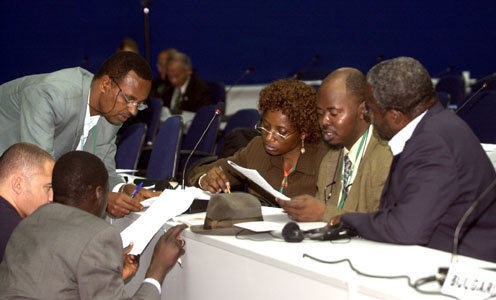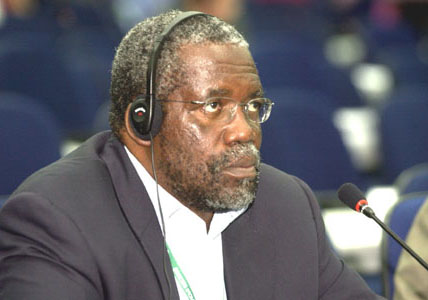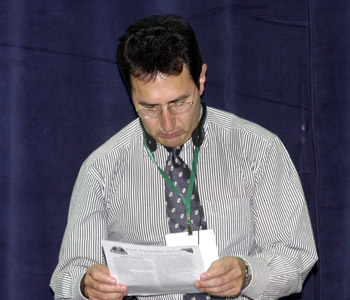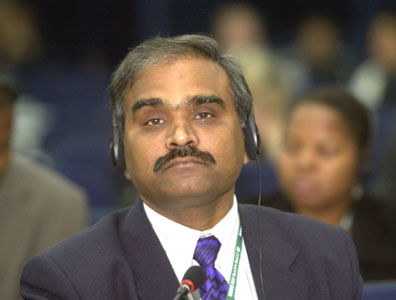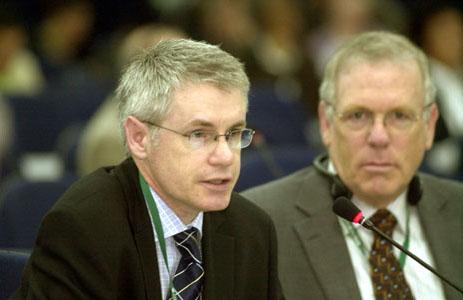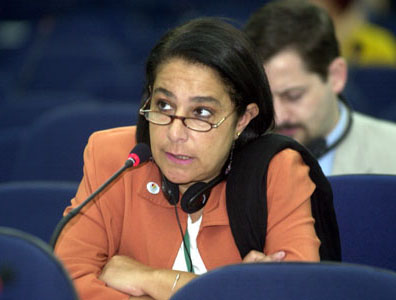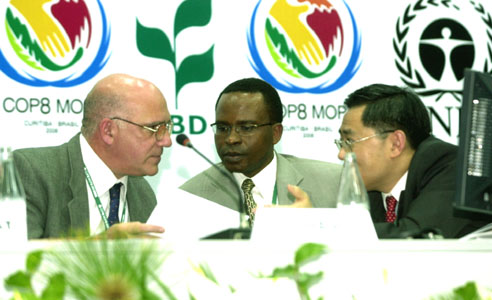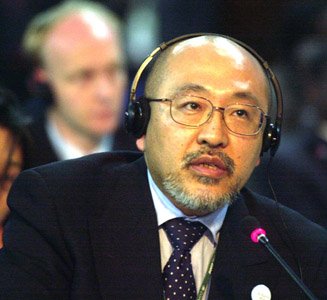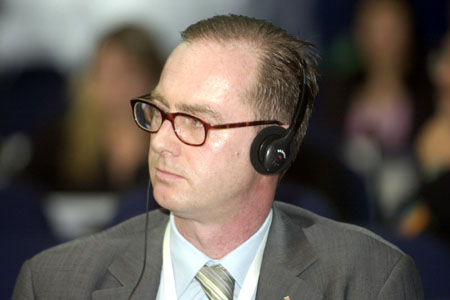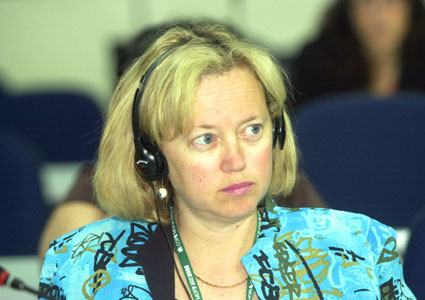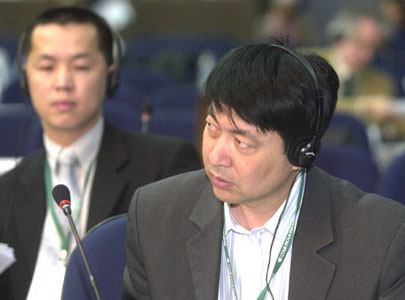|
Delegates
to the third meeting of the parties to the Cartagena Protocol on
Biosafety (COP/MOP-3) met on Wednesday in the morning in Working Group
I (WG-I) and during the day in Working Group II (WG-II). A contact
group on budget met throughout the day and a contact group on detailed
requirements for documentation and identification of living modified
organisms for food, feed or processing (Article 18.2(a)) met in the
afternoon and evening. Working Group I (WG-I) considered draft
decisions on: subsidiary bodies; scientific and technical issues;
handling, transport, packaging and identification (HTPI); biosafety
clearing house (BCH); and risk assessment and risk management. Working
Group II (WG-II) considered draft decisions on assessment and review
of implementation, compliance, financial mechanism, capacity building,
roster of experts, monitoring and reporting.
Above photo: Delegates from Africa discussing text on
Compliance.
OTHER
SCIENTIFIC AND TECHNICAL ISSUES:
|
Above
photo L-R: Stephen Yarrow and Barry Stemshorn
(Canada)
Above
photo: Maria Cristina Torres (Paraguay)
Above photo: Alejandra Sarquis (Argentina)
RISK
ASSESSMENT AND RISK MANAGEMENT:
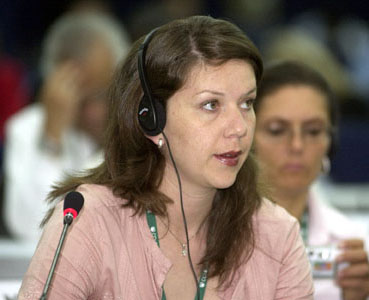 |
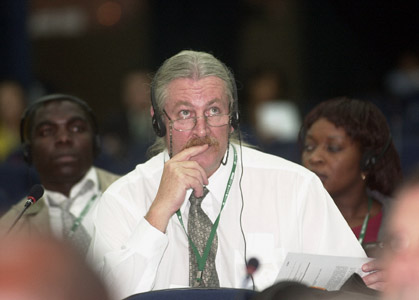 |
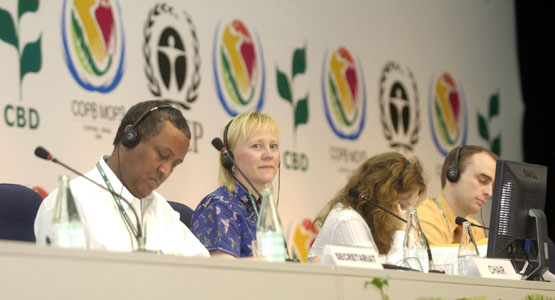 |
||
|
|
|
|
WORKING GROUP II
|
|
Above photo: Kazuo Watanabe (Japan) |
Above photo: Thomas Loidl (Austria on behalf of the EU) |
COMPLIANCE:
Above photo: Anne Daniel (Canada)
Above photo: Hadil da Rocha Vianna (Brazil)
Above photo: Xue Dayuan (China)
FINANCIAL MECHANISM:
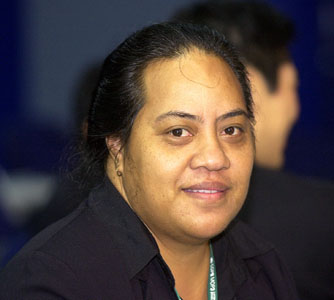 |
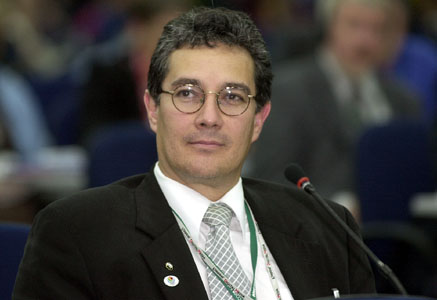 |
 |
||
Above photo: Tererei Abete-Reema (Kiribati) |
Above photo: Jorge Ernesto Quezada Diaz (El Salvador) |
|
CONTACT
GROUP ON ARTICLE 18.2 (A)
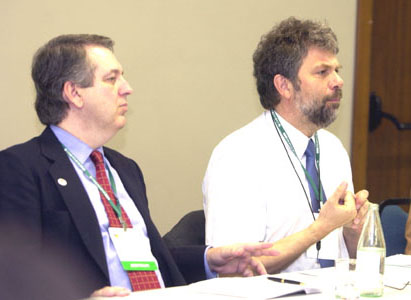 |
 |
 |
||
| Delegates
resumed work on the basis of the Brazilian proposal. Above photos L-R: Contact group chairs François Pythoud (Switzerland) and Luiz Alberto Figueiredo Machado (Brazil); packed contact group session; the contact group dais with Worku Damena (CBD), Ryan Hill (CBD) and Chairs Pythoud and Machado. |
||||
|
|
Related Links |
||||||||||||
|
||||||||||||




